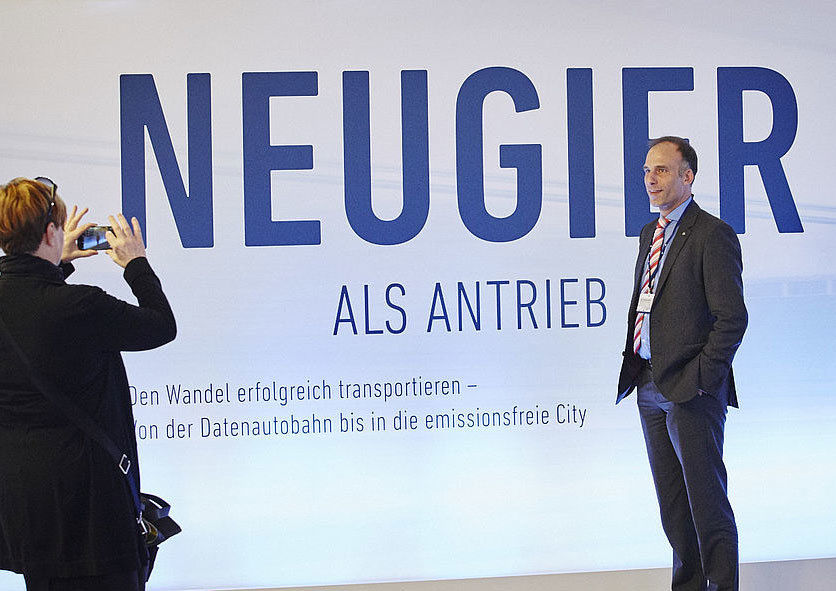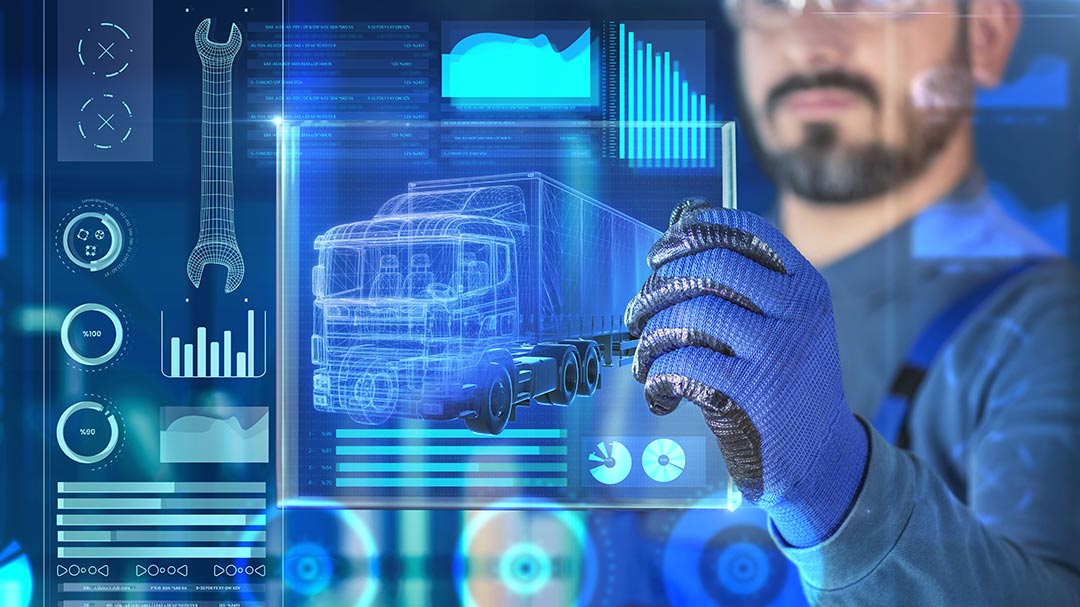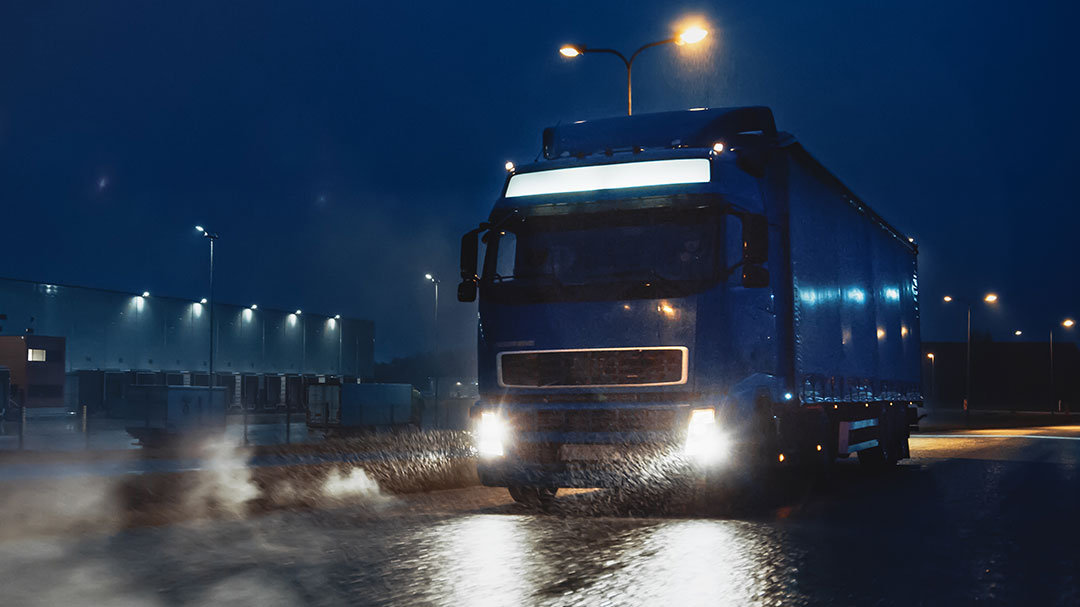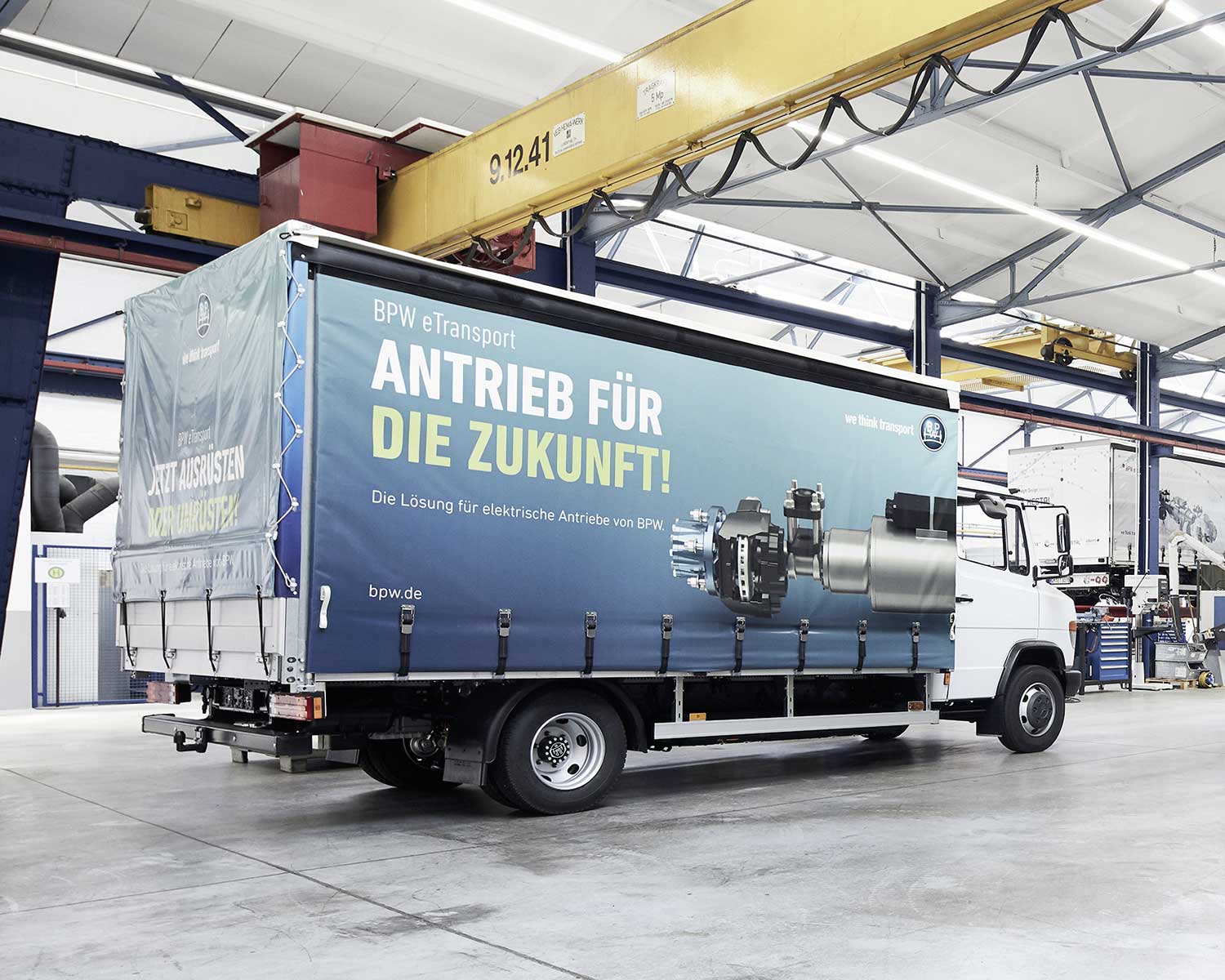Reading time approx. 4 minutes
Text: Juliane Gringer
Photos: BPW, Nils Hendrik Mueller – UPS Deutschland
Organising logistics in the city means organising mobility. Here, parcel delivery companies such as UPS are important players. Alternative technologies are intended to assist them in their work.
Turn right as often as possible! Using this simple rule, parcel delivery company UPS saves 38 million litres of fuel and 20,000 tonnes of carbon dioxide per year. The routes of the company’s delivery vehicles are calculated by in-house software called Orion. It avoids left turns as far as possible because they generally entail waiting for oncoming traffic, which costs time and increases the risk of accidents. Orion ensures that delivery vehicles only turn left in ten percent of all cases. Moreover, it enables 350,000 more parcels to be delivered a year than before. “This latest boost in efficiency is due to the clever use of digital technology,” explains Lars Purkarthofer, Manager Public Affairs at UPS. “Competitive innovation will ultimately identify the best solutions for the final mile of delivery routes.”
Competitive pressure as a driver
Efficiency is the decisive factor along the last mile. However, this highly competitive environment is precisely where Purkarthofer also sees great potential. He comments, “We are faced with the challenge of exploring which solutions to implement and how we can make them open to all users. The end-customer is playing an increasingly large role in directing logistics, and competitive pressure is a great driver.” The testing and scaling of such solutions – alternative technologies such as e-mobility, autonomous driving or platooning – has been part of UPS’s business model for a long time. Track & Trace, for example, which was originally launched internally to record data collected from daily logistics processes, has grown to become a system capable of managing delivery fleet networks in real time. “Already in the early 1990s, we swapped our clipboards and lists for delivery computers, which have allowed us to analyse the processes in depth,” says Purkarthofer. These devices have remained, even if nowadays they are much smaller and easier to use – and, above all, more powerful.
»We’re testing everything possible.«
Lars Purkarthofer, Manager Public Affairs at UPS
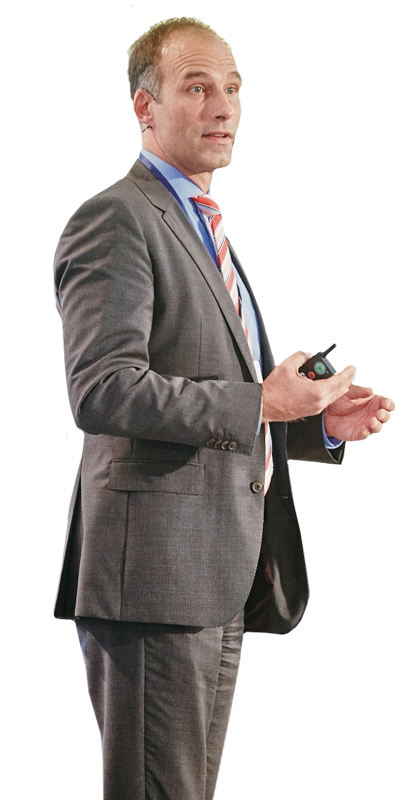
»We’re testing everything possible.«
Lars Purkarthofer, Manager Public Affairs at UPS
The company’s overall strategy is geared towards optimisation and economic efficiency. “However, we are also increasingly taking account of the external expectations being placed on our business model. Adapting our risk management to include future changes in environmental conditions is part of a sustainability strategy.” From electric delivery vehicles to cargo bikes: “We’re testing everything possible,” declares Purkarthofer. There are 8,500 UPS vehicles with alternative fuels and progressive technologies in use around the world. “These are mobile laboratories that show us whether individual vehicles are useful for our requirements.”
Regional differences
There are also regional differences. While hydraulic hybrid vehicles – in which the internal combustion engine is supported by recuperation during acceleration – are being widely tested in the USA, the focus in Germany is on electromobility. “These differences are primarily due to the quality of the infrastructure in each case and technical support,” says Purkarthofer. Production capacities for electric vehicles are still low, which prevents rapid scaling. “Major manufacturers simply don’t offer series-production vehicles up to 7.5 tonnes.” Since 2009 UPS has been cooperating with an SME that retrofits used vehicles. Today, UPS has 60 of its own electric vehicles on the road in Germany. “We are already operating a predominantly electric delivery fleet in the centres of Düsseldorf and Hamburg,” explains Purkarthofer. “What can be implemented really depends on the local conditions in each case – for example, the density of the delivery area, our volume structure and whether conventional operations can be replaced. There’s no blueprint.”
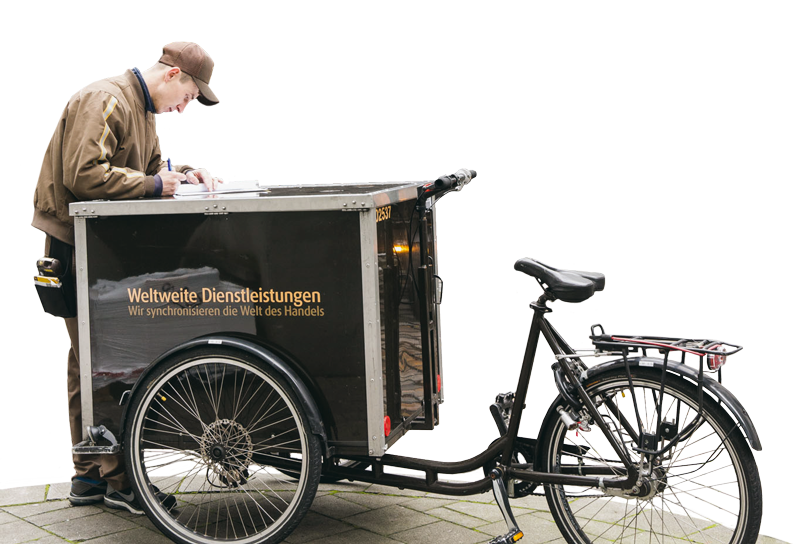
Poor charging infrastructure
Alongside vehicle production, the charging infrastructure also needs to be developed. Purkarthofer continues, “Logistics sites must be equipped with appropriate charging capacities.” In UPS’s experience, the sector is an ideal area of application for electromobility, especially owing to the clear and easy-to-plan routes.
Possibly the most important question is how to deal with a lack of space, especially in inner-city commercial areas which have large delivery quantities. Here, the involvement of municipalities is essential – processes must change so that they become more compatible with the city. “Electric vehicles are affected by traffic jams as much as all other road users,” explains the UPS spokesperson. Accordingly, the company is developing concepts together with municipalities which should allow things to run more smoothly in tight traffic areas. “We greatly appreciate it when municipalities appoint commercial transport officers who specialise in these problems and act as contacts for us – for example when we need to find premises that we can use for interim storage.”
Hamburg has taken on a pioneering role in this regard: in the inner city, four containers are used as mobile parcel depots, from which the parcels can be delivered to recipients either on foot or by cargo bike. Other interim storage solutions are conceivable. In Offenbach, for example, a parcel trailer is brought into the city, from which the distribution and collection of parcels is organised. Even entirely different receptacles, such as autonomous vehicles, could be used. “With deliveries, it’s always important to us to take care of the delivery drivers themselves and to take the load off them, so to speak,” says Purkarthofer. There are also a range of options regarding the distribution equipment. “People don’t generally want to see bicycles in pedestrian areas, so we are considering alternatives, such as trolleys that the delivery driver can simply pull along.” The decisive criterion is suitability, he explains, “We scrutinise new options and evaluate them based on the role they could play now and in the future, taking into account all solutions.”
Search for alternative delivery points
In future, the greatest challenge in making deliveries to private customers will certainly continue to be their reachability: many are not at home during the day. This means that there will be a particularly intensive search for alternative delivery points. According to Purkarthofer, there are many options, such as containers in suburban railway stations or other public places that are easy to reach. On the other hand, he considers delivery drones to be no more than a possible partial solution and hardly suited to urban areas. One negative factor is the noise, but drones are also inefficient as they can only carry individual objects: “Receptacles will always remain the means of choice for distribution.”
Courier and express services, as well as urban logistics, will look a lot different ten years from now, but the landscape is still evolving, comments Lars Purkarthofer: “It’s an ongoing process and we don’t know what else we will encounter. There is a lot of activity within this area, and I think there are still a lot of new things to come.”

